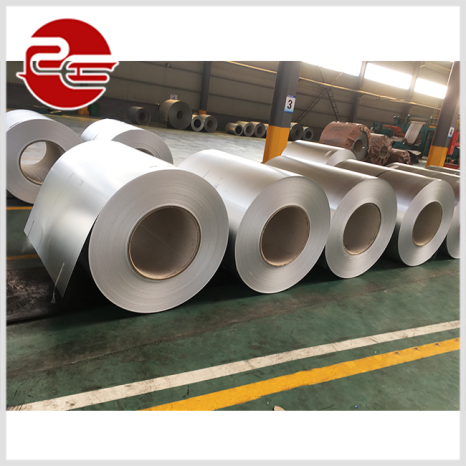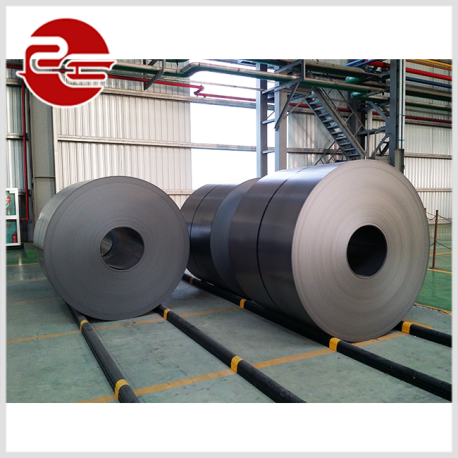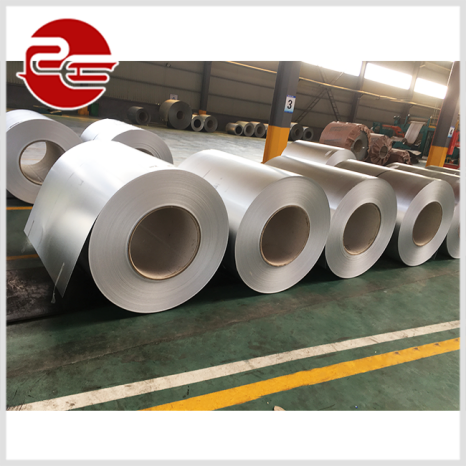Introduction
Hot rolled (HR) and cold rolled (CR) steel are two fundamental types of steel that are processed differently, resulting in distinct characteristics and applications.
Hot Rolled Steel (HR)
- Production Process: HR steel is rolled at a temperature above the recrystallization point, typically around 900°C.
- Properties: It has a rougher surface finish, less precision in dimensions, and lower yield strength (around 210 MPa).
- Applications: Used in construction beams, rail tracks, and sheet metal. Standard thickness ranges from 1.2mm to 25mm.
Cold Rolled Steel (CR)
- Production Process: CR steel is processed at room temperature after being hot rolled. This leads to a more precise dimension and a smoother finish.
- Properties: CR steel offers higher yield strength (around 275 MPa) and better surface quality.
- Applications: Commonly used in automotive panels, home appliances, and furniture. Standard thickness ranges from 0.3mm to 3.5mm.
Key Differences
- Surface Finish: HR steel has a rougher, scaled surface, while CR steel is smoother and more refined.
- Dimensional Accuracy: CR steel provides tighter tolerances and better precision in thickness, width, and flatness.
- Mechanical Properties: CR steel has higher strength and hardness compared to HR steel.
- Cost: HR steel is generally less expensive due to its simpler processing method.
Conclusion
Choosing between hot rolled and cold rolled steel depends on the application’s specific needs. HR steel is ideal for structural applications where precision is less critical, while CR steel is best for applications requiring superior surface finish and tighter tolerances.



